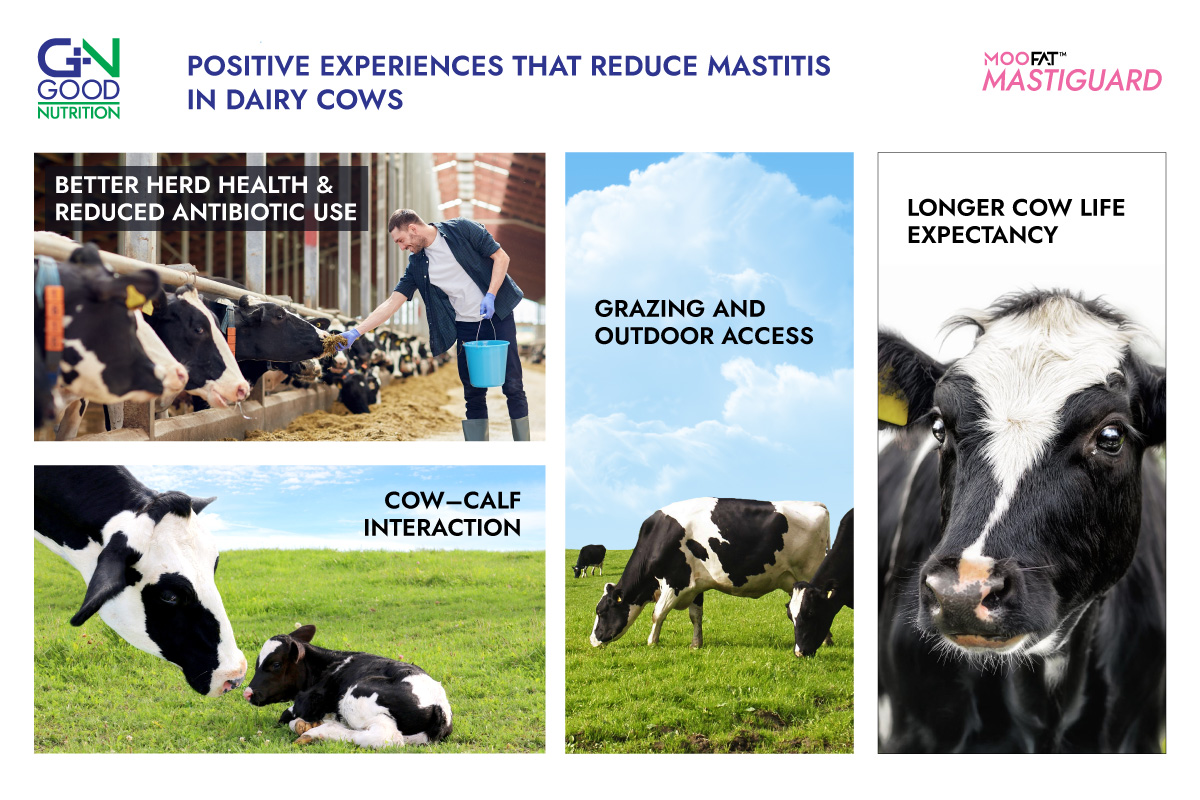As poultry producers push for higher productivity, nutrition becomes an even more vital piece of the puzzle. Among the various dietary components that influence hen health and egg production, fats and oils often overlooked play a surprisingly powerful role. When used correctly, these lipid sources can support energy needs, reduce liver fat buildup, and even protect the liver from inflammation.
But there’s more to this story than just adding oil to the feed. Let’s explore how feeding fats and oils can help combat Fatty Liver Hemorrhagic Syndrome (FLHS) in layer hens and what it takes to do it right.
The Hidden Challenge: Fatty Liver Syndrome in Layers
Fatty Liver Syndrome (FLS) is a significant metabolic disorder in laying hens, marked by excessive fat accumulation in the liver. This condition can lead to reduced productivity and poor healthh. Fortunately, nutrition, particularly the type and quality of fat in the diet offers a key tool in managing and preventing FLS.
- Lipids: Efficient Energy Without the Downsides
Fats and oils are the most energy-dense nutrients in a hen’s diet offering over twice the energy of carbohydrates or proteins by weight. This makes them especially valuable for high-producing layers. By supplying energy through fats rather than excess carbohydrates (which are more likely to contribute to liver fat), hens can perform at their best without increasing their risk of FLS. - Mobilizing Liver Fat with Unsaturated Oils
Unsaturated fatty acids found in soybean, sunflower, canola, and flaxseed oils are particularly effective in mobilizing fats from the liver. This not only helps prevent fat accumulation but also ensures that dietary fats are used efficiently throughout the body. In contrast, saturated fats are more likely to stay lodged in the liver, increasing the risk of FLS. - Fighting Inflammation for Liver Health
Beyond fat metabolism, unsaturated fats also bring anti-inflammatory benefits. Chronic inflammation is a major contributor to liver damage in hens. By reducing these inflammatory responses, unsaturated fats help preserve liver integrity. When combined with lipotropic agents like choline and methionine, they further support the transport and metabolism of fats amplifying the protective effect.
Enhancing Fat Digestion: The Role of Emulsifiers
One challenge with feeding fats is that they’re insoluble in water and don’t mix well in the digestive tract. That’s where emulsifiers come in. Products like Vitalsorb™ Pure which contain phospholipid components help emulsify fats into water-based environments, making them easier to digest and absorb. This is especially useful for saturated fats, which are otherwise harder for hens to utilize.
While fats offer clear benefits, they must be used wisely. Supplementation should strike a balance between nutritional value, production goals, and cost-effectiveness. A one-size-fits-all approach won’t work each farm needs tailored strategies based on its unique conditions and performance targets.
Fats and oils aren’t just fuel they’re a strategic tool in improving hen health, boosting production, and reducing the risk of Fatty Liver Syndrome. With the right combination of unsaturated oils, supporting nutrients, and digestibility enhancers like Vitalsorb™ Pure, producers can help their flocks stay healthy and productive.
In today’s high-demand egg market, understanding and optimizing fat nutrition isn’t just good science it’s good business. Before making changes, it’s best to consult with a poultry nutritionist or feed expert to ensure your supplementation plan is both scientifically sound and economically sustainable.





